Designing an Efficient Home Workspace: Unveiling Home Office Solutions
Creating an effective home office is more critical than ever, as remote work becomes a long-term reality for many individuals. This article explores various home office solutions to optimize your workspace, enhance productivity, and create a conducive environment for remote work.
Ergonomic Furniture: The Foundation of Comfortable Workspaces
Investing in ergonomic furniture is paramount for a home office. A comfortable chair that supports good posture and a well-designed desk that accommodates your work needs contribute to a workspace that promotes productivity. Ergonomics ensures that your work environment minimizes discomfort and potential health issues associated with prolonged sitting.
Organizational Systems: Streamlining Your Work Area
Effective organization is a cornerstone of a productive home office. Implementing storage solutions, such as shelves, cabinets, or desk organizers, helps declutter your workspace. Having designated spaces for documents, stationery, and other work essentials streamlines your workflow, reducing distractions and saving valuable time.
Proper Lighting: Illuminating Your Productivity
Lighting plays a crucial role in creating a conducive work environment. Natural light is ideal, but if that’s not possible, invest in quality artificial lighting. Position your desk near a window for natural light, and supplement with adjustable task lighting to reduce eye strain. Proper lighting not only enhances productivity but also contributes to a positive mood.
Technology Integration: Seamless Connectivity for Efficiency
A seamless technology setup is vital for a home office. Ensure reliable internet connectivity, invest in a quality computer, and organize cables to avoid clutter. Consider ergonomic accessories like a wireless keyboard and mouse for added comfort. A well-integrated tech setup minimizes disruptions and keeps you focused on your tasks.
Sound Management: Creating a Distraction-Free Zone
Effective sound management is often overlooked but is crucial for concentration. Use noise-canceling headphones or consider adding soft furnishings like rugs or curtains to absorb sound. If possible, position your home office away from high-traffic areas to minimize disruptions. A quiet, focused environment contributes significantly to work efficiency.
Greenery for Productivity: Bringing Nature Indoors
Introducing indoor plants to your home office can have a positive impact on your well-being and productivity. Plants not only improve air quality but also add a touch of nature to your workspace. Choose low-maintenance plants that thrive indoors, creating a refreshing and visually appealing atmosphere.
Flexible Furniture Layouts: Adapting to Changing Needs
Flexibility is key in a home office, especially if the space serves multiple purposes. Invest in furniture that can be easily rearranged to accommodate different tasks or meetings. Consider modular or convertible furniture that adapts to changing needs, providing a dynamic and versatile workspace.
Personalization for Inspiration: Infusing Your Style
Personalizing your home office adds a touch of inspiration to the space. Display artwork, photographs, or motivational quotes that resonate with you. Choose colors and decor that create a positive and motivating atmosphere. A personalized space not only boosts creativity but also makes your home office a place you enjoy spending time in.
Virtual Backgrounds for Video Meetings: Enhancing Professionalism
As virtual meetings become


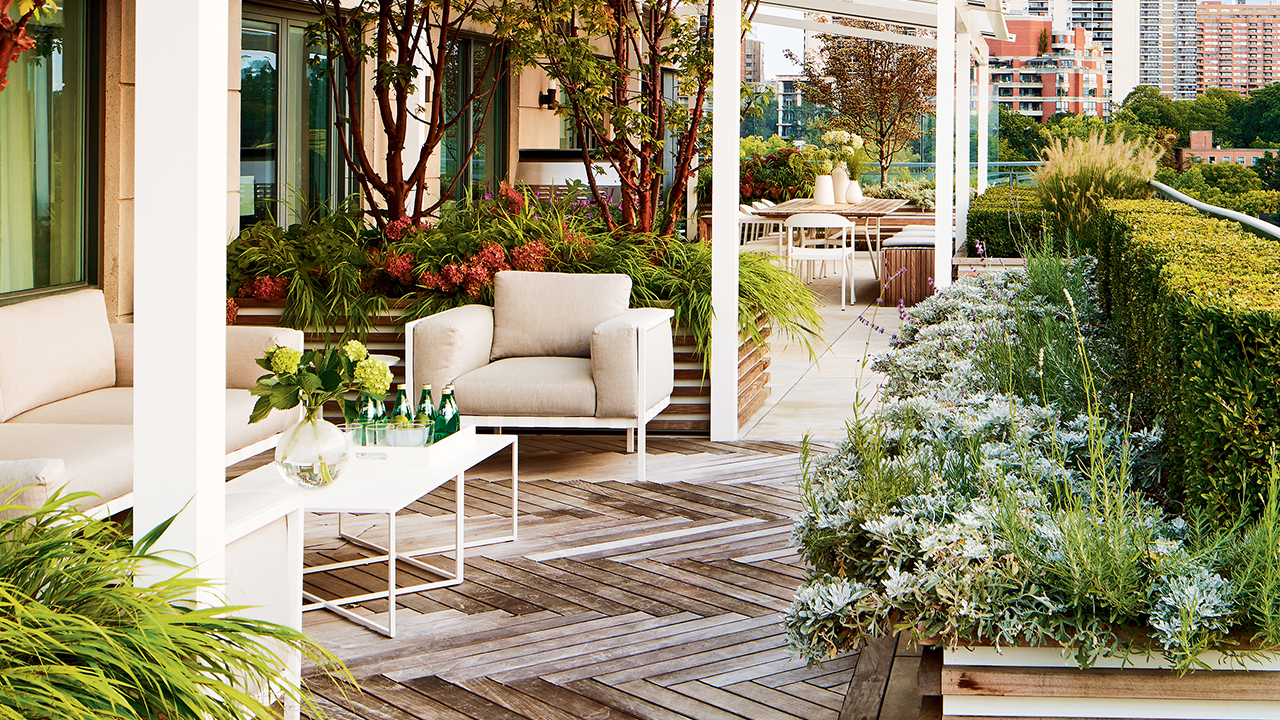


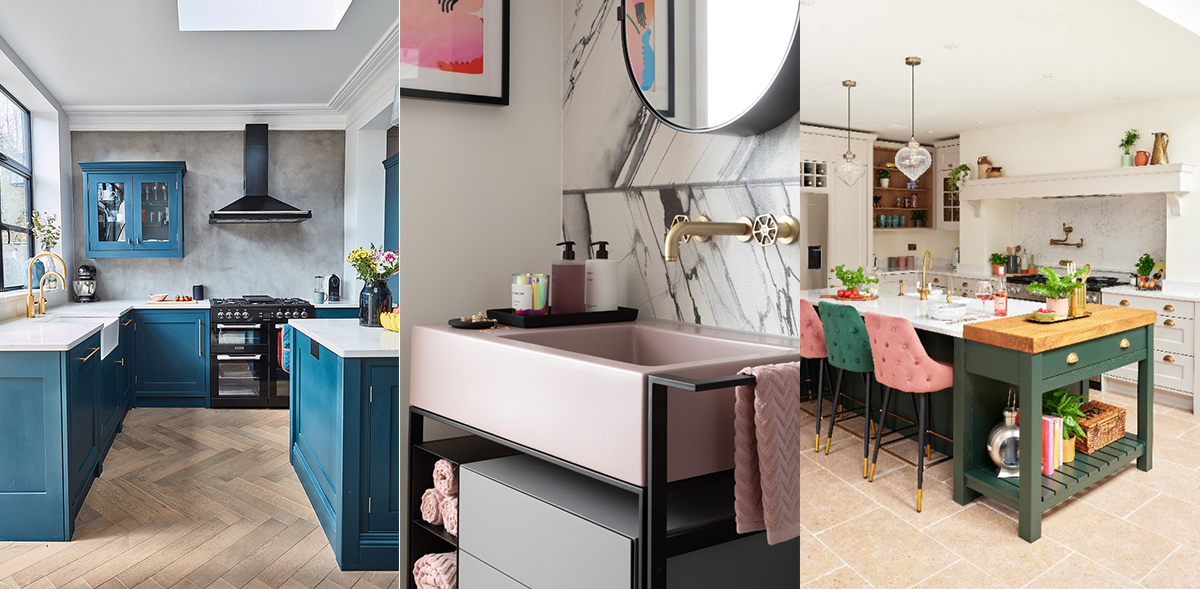

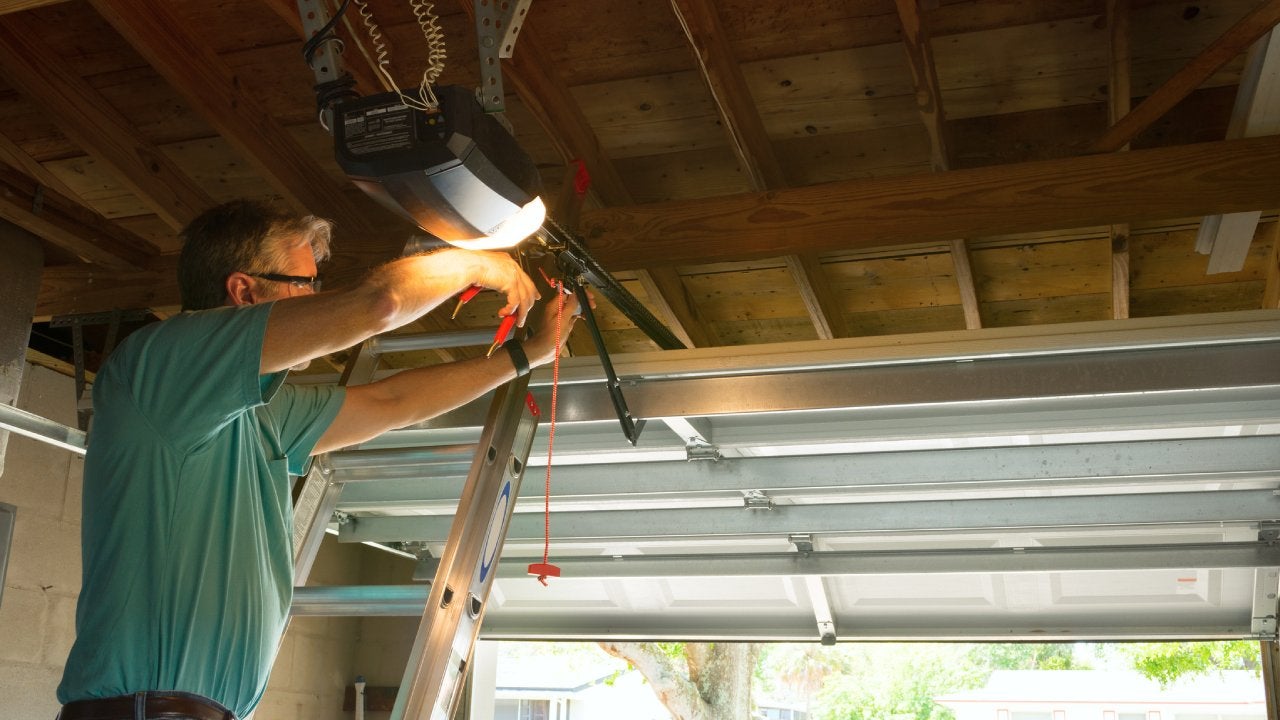
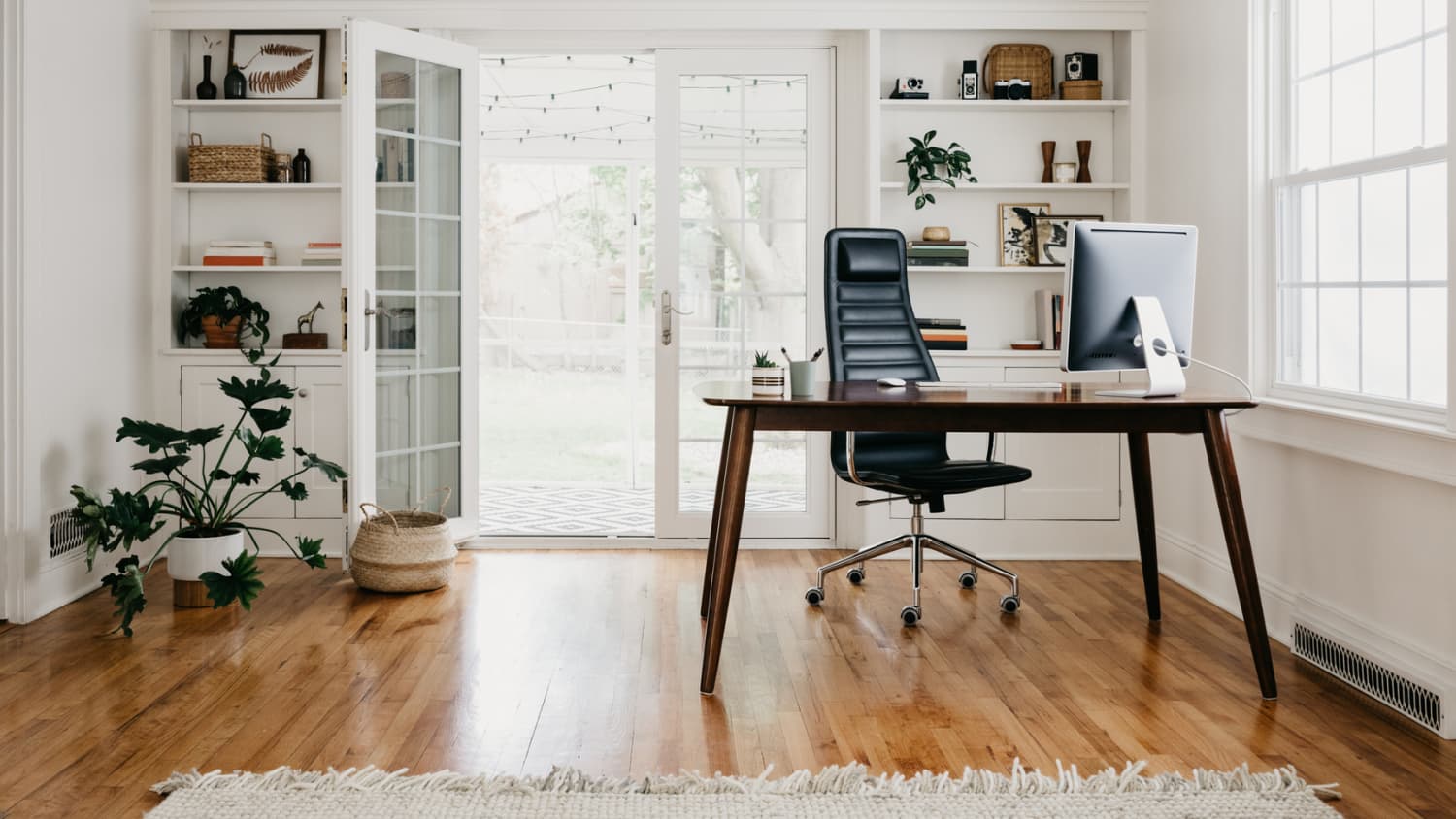

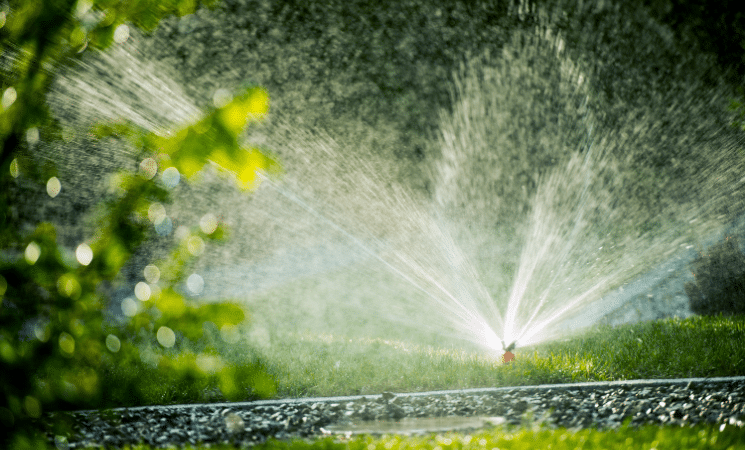

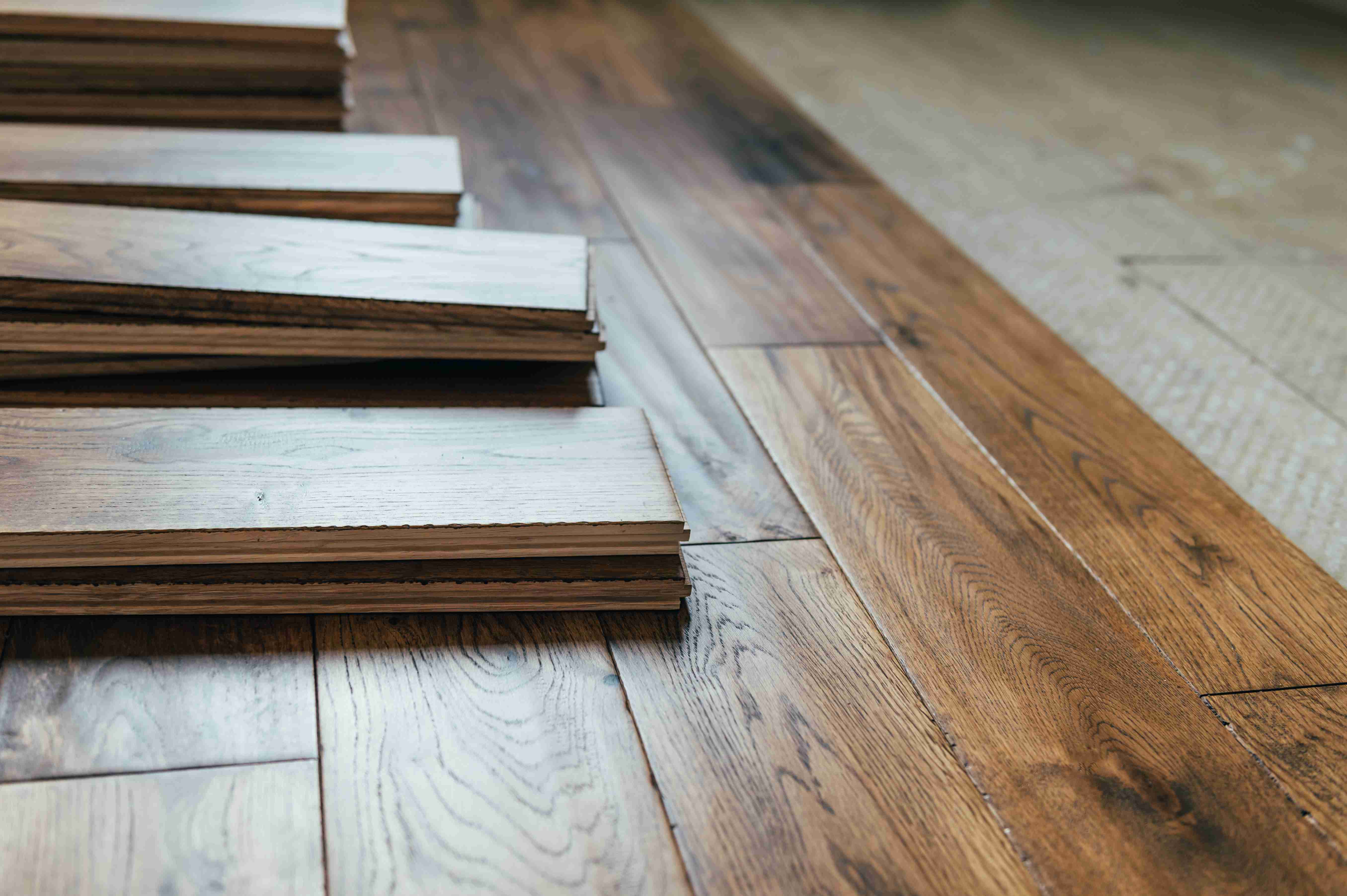

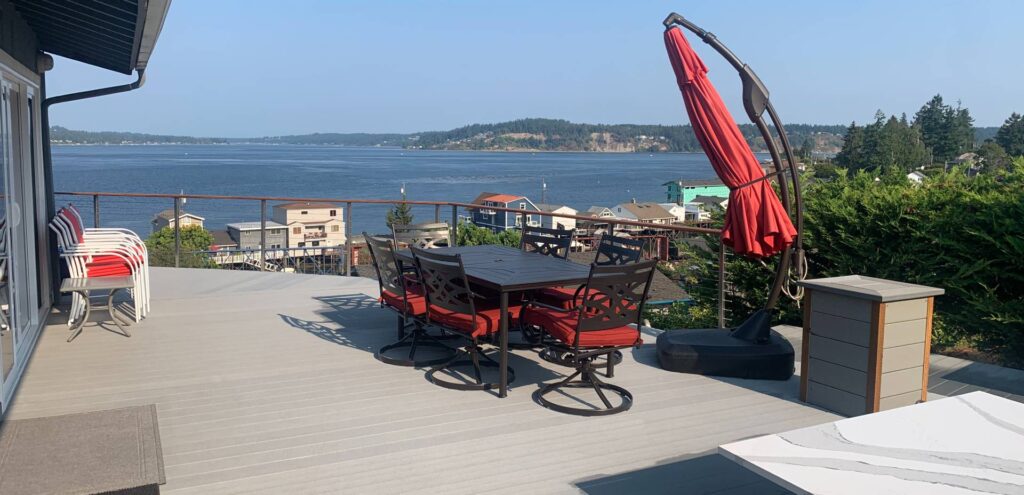
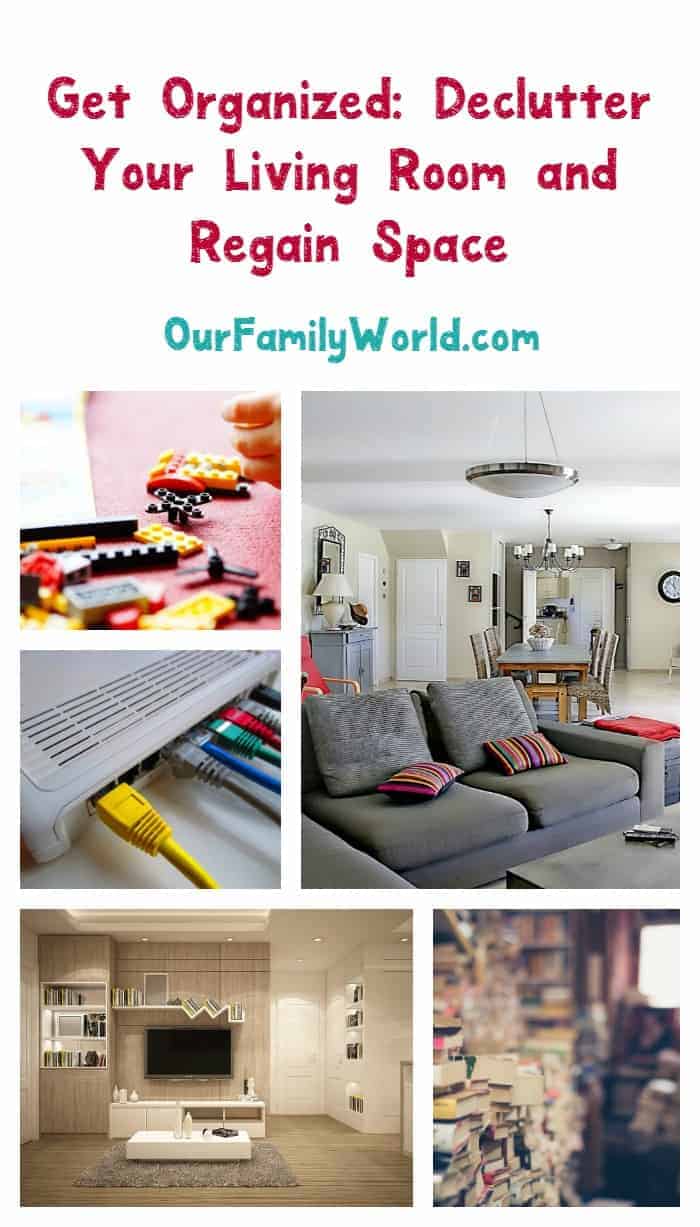
:max_bytes(150000):strip_icc()/makinghomebase-3e42055a927440a3be7cff5c75f6fb39.jpg)
